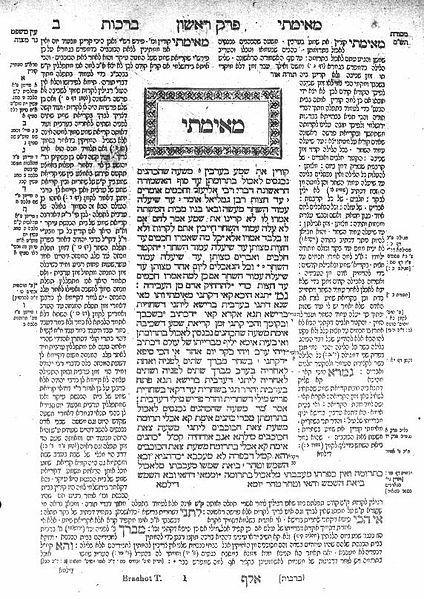Study Pages: Reading Primary Sources
Target group:
This educational unit is designed for students aged 15 and older and is appropriate for use in both formal and informal educational settings
Objectives:
- Studying the Holocaust through primary sources
- Focusing on different facets and dimensions of the Holocaust
- Exposing the students to the complexity of thoughts, acts, decisions and dilemmas that people grappled with during the Holocaust
- Creating a learning environment that is student-centered by using a dynamic classroom approach
- Creating a learning environment in which students’ thoughts and the interaction between students are the central focus
- Providing educators with easily manageable didactic materials which can be used in various settings
Introduction:
This study material offers a new way to study primary sources of the Holocaust. It is based on an ancient method of learning Jewish traditional text which is used until today in study halls all over the world. This educational unit is based on Study Pages that are inspired by the Talmud layout.
The center piece is always a primary source defining the subject of the lesson. Around it there are several additional sources (texts, testimonies, art work, poems, pictures, documents, diaries etc.); these additional resources relate in different ways to the center piece, thereby allowing students the opportunity to unpack its multiple meanings.
The Study Pages do not cover the whole period of the Holocaust chronologically and are therefore not intended to serve as a systematic introduction to the history of the Holocaust. Each Study Page encourages students to deepen their insight and understanding of a certain event, period or topic from the Holocaust.
The structure of this material lies in the Talmud itself:
“The Talmud is not a schematic textbook, but essentially a slice of life. As such, it commences for no person at the beginning. When a person begins to study Talmud, he always finds himself right in the middle of things, no matter where he starts. Only through study and combination of facts can he arrive at the ability to understand what he has already studied; his comprehension grows constantly deeper as he peruses the material over and over again.”
Rabbi Adin Steinsaltz, The Essential Talmud, Basic Books: 2006, p. 274
The suggested study method is based on the way in which yeshiva (Talmudic academy) students have been studying the Talmud for centuries: Jewish tradition has developed a form of dual learning in couples or small groups (called in Aramaic: Havruta – based on the word Haver, friend), under the supervision and guidance of their rabbi.
“Getting into the Talmud is no easy matter, even for those Jews who are ardent to recover for themselves what their ancestors once knew...for Talmudic learning is a collective. You do not “read” the Talmud, you “learn” it, preferably with a haver, or a fellow student, and always with a rabbi....”
Jacob Neusner, Invitation to Talmud, Wipf and Stock Publishers 2003, p. XVII.
It is essential that the learners in the Havruta are not given a detailed set of questions and assignments. Rather, there is a general question/topic given on the top of the Study Page and the stream of learning starts from the primary text in the center of the page. Through dialectic reasoning without a given structure, the students approach the additional texts in the page, trying to explore, connect, widen, question, the different aspects given in the side texts in relation to the center text.
Preparation:
Each Study Page comes with additional material for the teacher: a short description of the historical context (Historical Background) and an explanation of the sources (What’s in the Page).
It is recommended to carefully read this background information before the first use in the classroom.
Material:
Printed out Study Pages (one for each group of 2-3 students). Optionally, the Study pages can be used digitally, given that each study group (Havruta) can be provided with a digital device (laptop, tablet).
Number of students:
10-30 students
Duration:
60-90 minutes
Method Description:
This material offers a variety of methodological approaches depending on the level of the learning group and the desired learning experience. We would like to recommend two different methods:
- Havruta Study Groups
- Introduction by educator: Before the students disperse into their Havrutas, the educator gives a general introduction to the topic of the page being studied.
- Hand out the printed Study Pages to the students. Divide them into Havruta study groups (2-4 students) and let them discuss the Study Pages in groups. During the Havruta learning process, it is the teacher’s role to assist and support the students where needed.
- The lesson is concluded with a moderated plenary discussion, where the educator relates to the historical dimensions and the additional aspects of the page(s) that have been studied. During the concluding discussion it is recommended to keep the dialogic character of this study method and to encourage the students to share their insights.
- Guided Learning in a plenary session:
- Students sit in a circle; each one will receive a copy of the Study Page.
- The educator leads the study process as a moderator in a structured discussion, involving the participants, asking questions, and encouraging discourse between the students.







